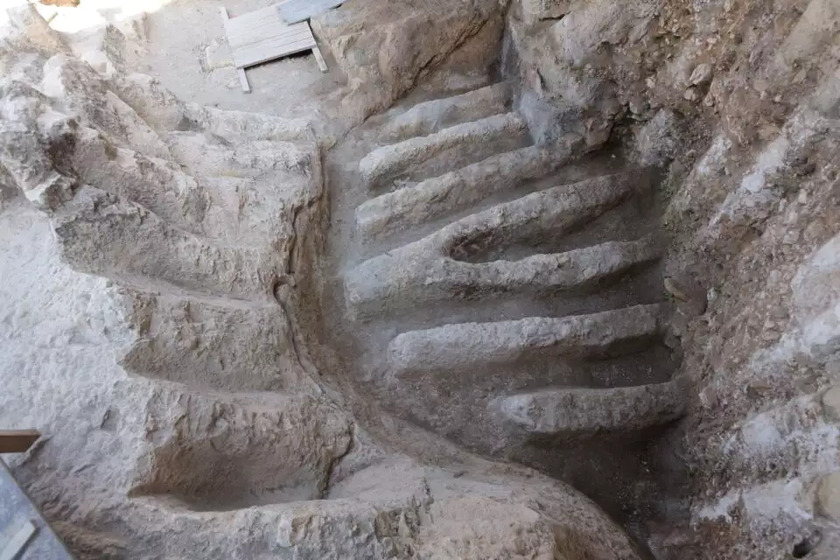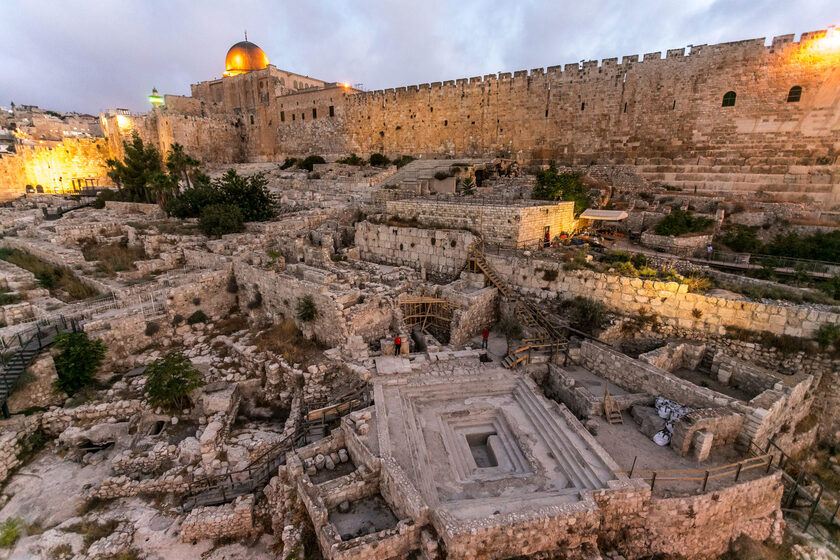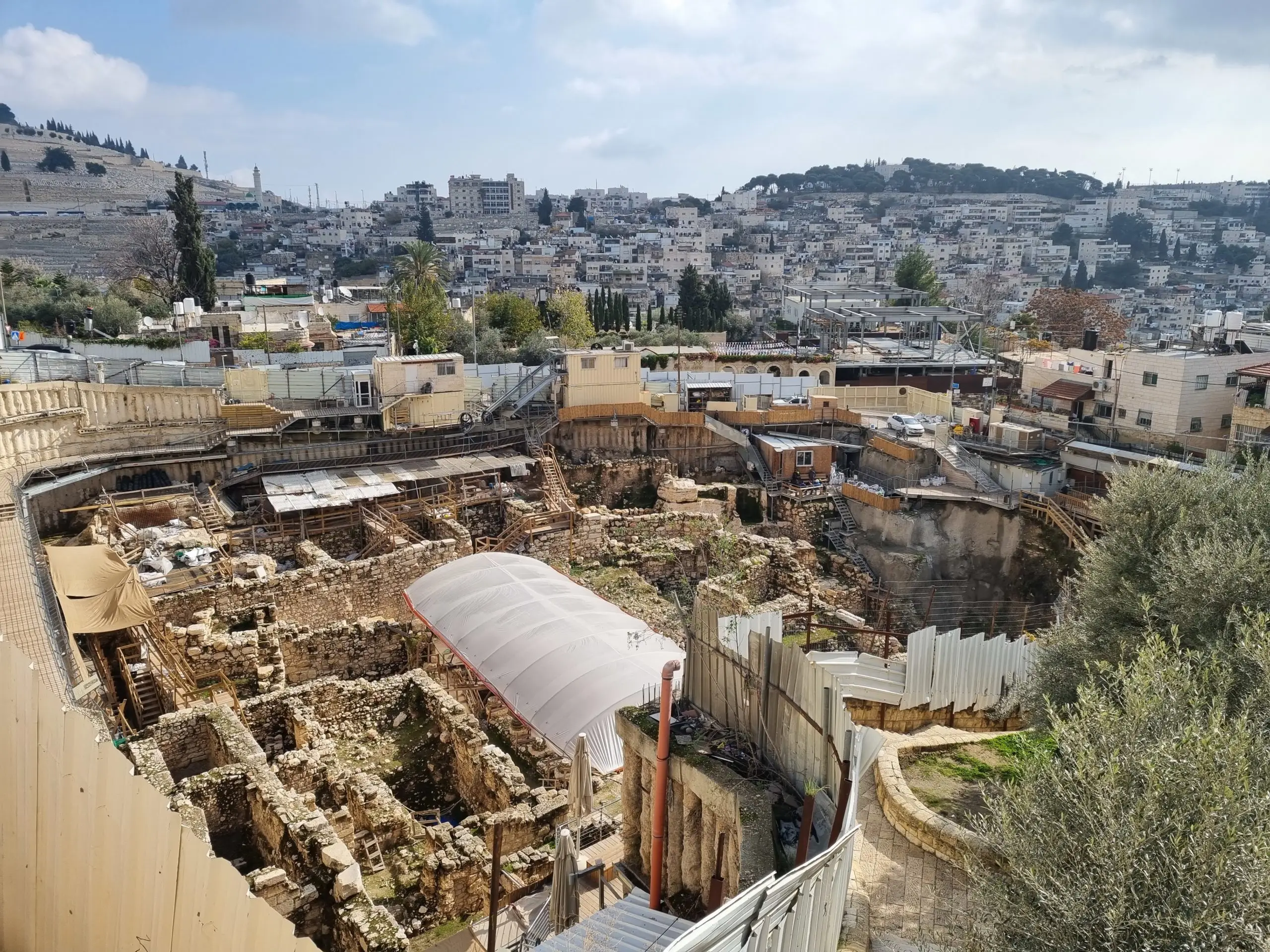Jerusalem, an ancient city with a history of more than 2,000 years, is not only the capital of Israel but also one of the holiest lands in the world. This is the convergence of three major religions: Islam, Christianity and Judaism. Each religion has left its own mark, creating a rich and diverse picture of culture and beliefs.
When coming to Jerusalem, visitors will admire the relics with thousands of years of historical value such as: the Church of the Holy Sepulcher - the place where Jesus is believed to be buried, the Mount of Olives with a panoramic view of the city, the ascetic path Via Dolorosa - the path that Jesus walked on his last journey, or the Wailing Wall - a sacred place for the Jews, also one of the must-see stops. These relics not only have religious significance but are also symbols of faith and longevity of a city that has overcome many historical events.
Recently, at the "City of David" archaeological site located southeast of Jerusalem, experts from the Israel Antiquities Authority (IAA) discovered a massive underground structure - an ancient moat system predicted to date from the Iron Age nearly 3,000 years ago, at the same time as biblical events such as King Solomon building the "Millo" structure took place.
Accordingly, the moat is more than 9 meters deep and more than 30 meters wide, with two vertical cliffs, acting as an extremely solid wall, separating the southern residential area from the northern power center. This is an important discovery, helping to clarify the stories in the Bible and further prove the geographical structure of the city from ancient times.

The moat is more than 9m deep and more than 30m wide, with two vertical cliffs, acting as an extremely solid retaining wall.
Mysterious stories revealed
According to Dr. Yiftah Shalev, head of the excavation, the moat was not simply a defense system but also a way for the rulers to demonstrate their power. He said: “The moat clearly shows the division between the ruling class and the people, and is also a symbol of power, showing control and protection of the city.”
The ancient city of Jerusalem was built on a narrow hill surrounded by deep valleys. When the moat was created, it took advantage of the natural terrain to create an extremely strong protective wall. The leaders of that time not only knew how to build, but also how to exploit the advantages of nature to protect the city. This moat is a clear example of that.

The perpendicular cliffs on each side made it impossible to cross.
Turn the page of history
What is special is that this discovery was predicted in the 1960s by British archaeologist Kathleen Kenyon. However, at that time, she only found a part of this moat and determined that it was just a natural valley. Until now, with the help of modern technology, archaeologists were able to confirm that this was a man-made structure. They continued to excavate and found that the moat was actually an important part of the ancient city's defense system.
“Standing at the bottom of this excavation, surrounded by giant stone walls, you cannot help but feel admiration for the talent and creativity of people 3,800 years ago. They worked so hard to chisel and move mountains to create this great work,” said Eli Escusido, Director of the IAA.

The first settlers in Jerusalem are believed to have appeared during the early Bronze Age, around 3500 BC.
Exciting discovery for tourists
This discovery is not only a milestone in the field of archaeology, but also promises to attract more international tourists to explore the vibrant history of Jerusalem. Coming here, visitors have the opportunity to see with their own eyes the ruins of one of the oldest cities in the world. It is an opportunity to feel and understand more about the lives of the ancient people, as well as their strength and talent in building a city that will last the test of time.
More than just an excavation, discoveries like this help us see clearly that the stories in the Bible are not just myths but have deep historical and cultural foundations. If you love historical adventures and want to enjoy a travel experience that is both exploratory and meaningful, then Jerusalem is definitely a destination not to be missed.



































